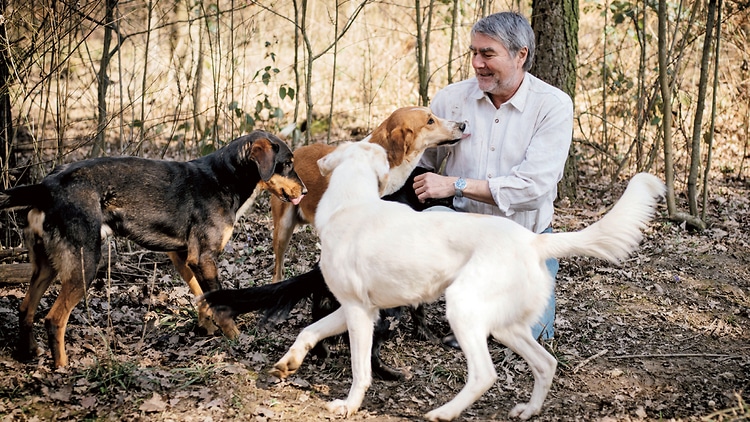Pets are an important part of any family. These family members have special needs, including keeping fleas at bay. Fleas are flat and very small in size. Adults typically measure anywhere between 1.5 to 3.2 mm. They are shiny and are typically reddish brown in color. These pests do not have wings and cannot fly. Fleas jump and are capable of jumping long distances in order to move from host to host.


Fleas can live both outside and inside. However, because they feed on blood, they need a host in order to survive. Before latching onto a host, these pests thrive in humid and warm areas. Your yard can be a great environment for them, especially if you have woodpiles and tall grass. Indoors, adults will live on a host, most likely your cat or dog. Flea eggs and larvae do not live on hosts. They live in areas like your pet’s bed or other places your pet relaxes such as carpet or furniture.

Inspect

Eliminate

Protect

Maintain
Fleas are parasites and feed on the blood of host animals. These hosts are typically furry or hairy animals such as dogs, cats, squirrels, rodents, rabbits and raccoons. Fleas are able to reproduce and spread quickly. Female fleas can lay around 18 eggs per day. Of course, with more fleas come more eggs. Pet beds, carpet, upholstery, and bedding are all popular places for a female flea to lay eggs.
Preventing and controlling can be difficult as it doesn’t take them long to lay eggs, hatch, and spread. The best way to prevent them is to eliminate any outdoor habitats and talk to your veterinarian about any flea control pet products. You should also make sure any cracks or holes leading into your home are fixed and sealed well. This will prevent any infested hosts, such as rodents, from getting into your home and spreading to your pets.
There is also a series of steps you need to take while exterminating fleas. This includes:
- Talk to a veterinarian about treating your pet for fleas.
- Vacuum carpet and rugs frequently and clean the filter or bag after every use.
- Sweep and mop any tile or hardwood floors.
- Wash your pet’s bedding as well as your own. If the infestation is particularly bad, consider throwing away your pet’s bedding completely.
- Call Us for a free estimate!

